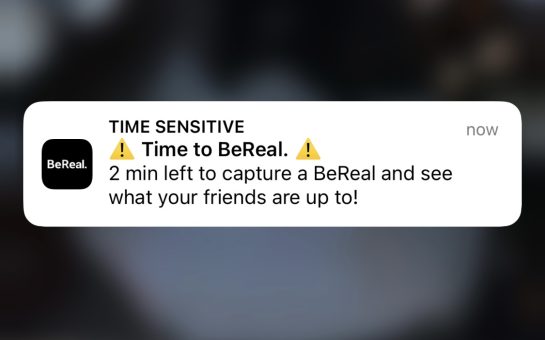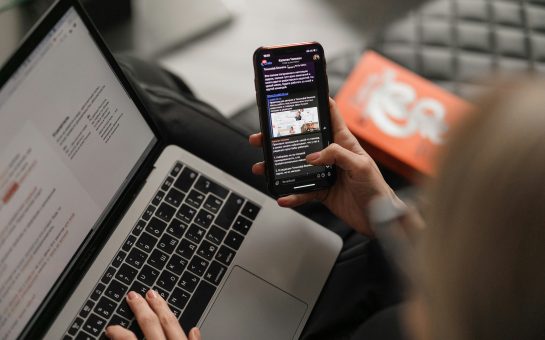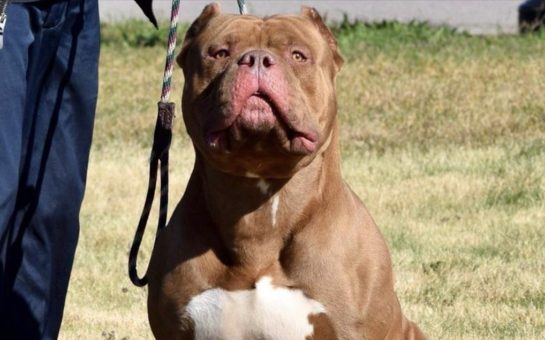Manchester’s school kids are more than thirty times more likely to become the victims of hate crimes over social media thanin person.
A Freedom of Information request submitted to Greater Manchester Police produced some harrowing statistics on reported hate crimes relating to social media throughout the region’s schools.
It is a well-documented development that sites and apps like Facebook and Snapchat are the new battleground for young people, but in a society of increased inclusion and tolerance, these figures indicate a worrying trend.
The findings showed that across the last 12 months, 45 direct hate crimes had been reported across Greater Manchester’s primary and secondary schools.
In contrast, a staggering 1391 cases were reported which related to social media, including Facebook, Twitter, Snapchat, eBay, Instagram and even Tinder.
Andrew Bolland, from Stop Hate UK, told MM: “Our service has seen a growth in the use of social media as a means to direct hostility and abuse.
“The underlying issue is that perpetrators believe that they are invisible and would be impossible to trace, not realising that it is regarded as seriously as direct abuse from a criminal justice perspective.”
A hate crime is defined as any criminal offence which is perceived by the victim or any other person to be motivated by hostility or prejudice based on characteristics or perceived characteristics defined within five monitored groups, also known as ‘hate motivations’.
These five groups are disability, race, religion, sexual orientation and transgender identity, but GMP also records crimes motivated by someone’s perceived or actual alternative subculture identity.
One of the concerns that naturally accompany hate crimes via social media as opposed to direct cases is the potential ripple effect of prejudicial messages to an almost infinite network.
Mr Bolland explained: “A big problem is the ‘mushroom of media’. If someone has a hundred friends, the abusive message spreads through a vast network of people.
“It only takes a small number of people to see that message without a proper understanding of the issue, and suddenly it increases and escalates.”
He suggested that those convicted of such crimes could be brought together with victims, so as to create a mutual understanding and to make perpetrators aware of the impact their behaviour has on people’s lives.
But first and foremost, tackling the issue starts with preventative action and ironing out misguided prejudices through education.
He added: “Action needs to be taken to educate younger people early on the issue of discrimination, particularly with regards to social media, and prevent these situations arising in the first place.
“We need to try to reach them through schools, youth groups and so on.”
Image courtesy of Nicola, via Flickr, with thanks.



